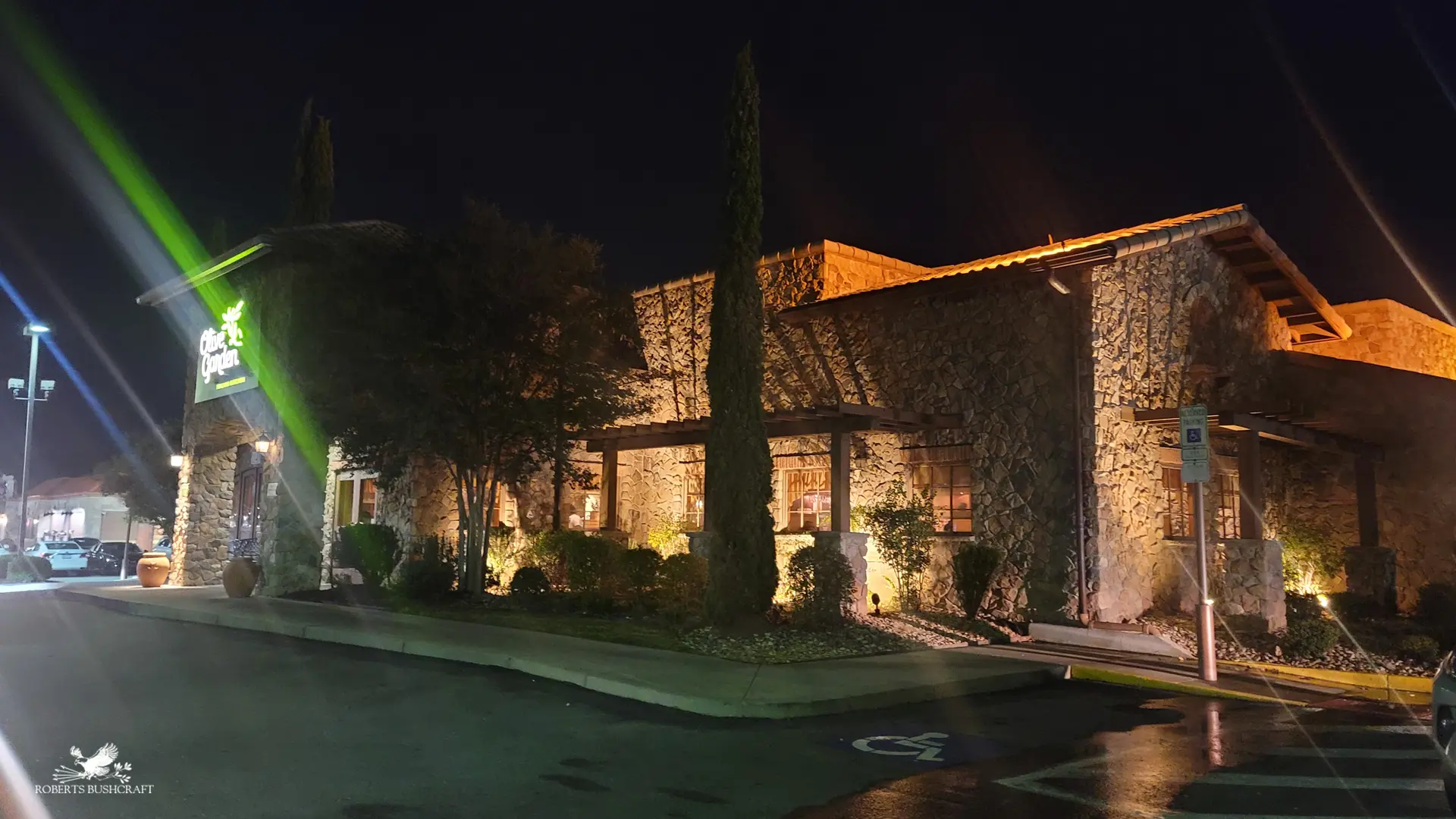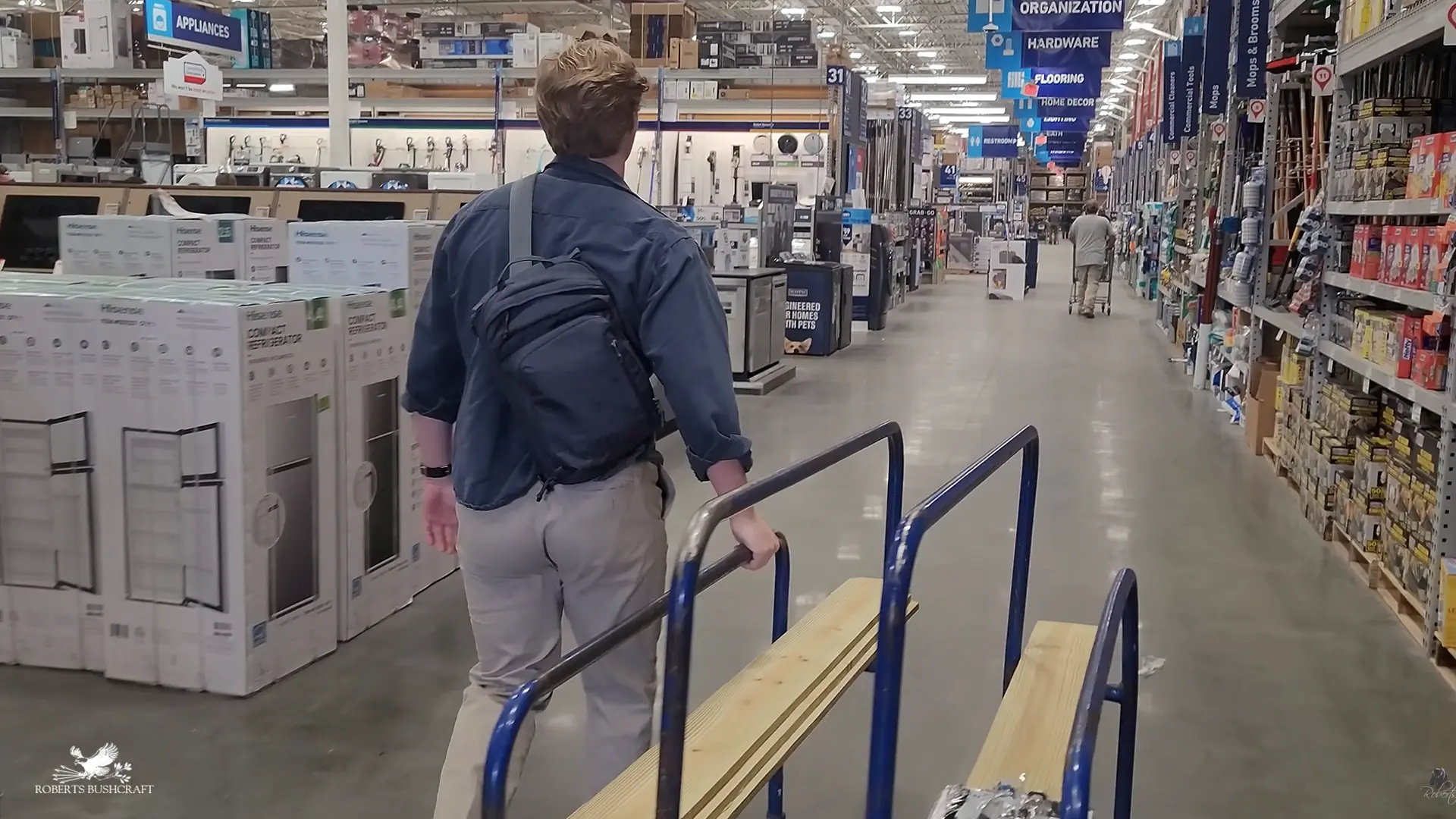You do not have to vanish into the wilderness to practice survival. Sometimes the danger is walking through a crowd. Sometimes it is waiting in a parking lot, watching for an easy mark. The wilderness has its predators, but so do cities, and the Gray Man is the one who walks among them unseen.
The Gray Man Principle is simple: the less attention you draw, the safer you are. It is not about paranoia. It is about perception. It is the art of seeing without being seen. Whether you are navigating a blackout in town, traveling overseas, or walking home after dark, invisibility can be your greatest defense.
Situational Awareness: Reading the Room Before You Enter It

Most people walk through the world distracted. They stare into their phones, scroll endlessly, and never look up to notice the subtle cues that something is about to happen. The Gray Man is awake.
Before stepping into any space, he pauses just long enough to take in the scene. Where are the exits? Who looks uneasy? Who is talking too loud, or not at all? How are people moving? What direction are they facing?
Every space has a rhythm, every room has a pulse. You can feel it if you pay attention.
A quiet tension in a crowd, a sudden silence in a store, or people subtly shifting away from a certain area can all signal trouble before it begins. In a restaurant, it might be a group speaking in low, clipped tones. In a parking lot, it might be the man standing near the cars but never moving toward one.
The Gray Man notices what others ignore. He trusts those small instincts, the ones that whisper something is off. You cannot control what happens, but if you see it a few seconds before everyone else does, that is often all the time you need to stay safe.
Appearance: Neutral Colors, Forgettable Presence

The Gray Man knows that invisibility is relative. What blends in downtown will not blend in down a gravel road, and every place has its own uniform.
In a rural county in North Carolina, a camo shirt and a pair of jeans fit in perfectly. It is what people wear to work, to the feed store, or to grab a biscuit at sunrise. No one would think twice. But walk in wearing a European soccer jersey, bright sneakers, and a smartwatch, and you stand out instantly. You have announced that you are not from here. You have drawn eyes without meaning to.
In a city, blending in means clean lines, neutral colors, and clothing that looks practical, not tactical. Earth tones, denim, or gray work well almost anywhere. Avoid brand logos, bright colors, and overly “outdoorsy” gear in urban areas.
The Gray Man studies the environment before he ever packs his bag. He observes how people dress, move, and speak. Then he adjusts to match the local rhythm. He does not mimic. He blends. His goal is to be so ordinary that no one remembers him five minutes later.
Forget the “tactical look.” The most effective camouflage is cultural awareness. The more effort you put into looking invisible, the less invisible you become.
Behavior: Calm Is Invisible

Behavior is as important as clothing. The Gray Man moves with quiet confidence. He does not fidget, rush, or stare.
In a city crowd, he follows the flow. He walks at the same pace as everyone else. He looks ahead but not around nervously. When people panic, he does not. He appears calm, focused, and in control. Calmness is its own form of camouflage.
In a small town, that same calm looks different. Too much silence can make you seem strange. There, blending in might mean exchanging a nod at the gas pump, or a friendly “mornin’” at the counter. The Gray Man adapts. In places where people expect warmth, he offers it. Where people value privacy, he keeps to himself.
Nervous energy and overconfidence both attract attention. The Gray Man avoids both. He acts as though he belongs wherever he happens to be. When conflict starts or tension rises, he does not argue or posture. He simply fades away.
Movement: Stay Predictable, Stay Safe

Movement tells a story. Erratic or aimless movement draws attention, while steady, predictable movement disappears into the background.
In crowded areas, match the pace and direction of the people around you. Do not dart through groups or stop suddenly. Blend with the rhythm of the environment. If you must change direction, do it early and naturally.
In rural or quiet settings, the same principle applies differently. Moving too fast on a country road or too slowly past someone’s house can make people notice. The Gray Man knows the tempo of the place he is in.
When something feels wrong, he listens. If the atmosphere changes — a crowd shifts, the street goes quiet, or a voice carries anger — he leaves before the problem finds him. The Gray Man does not need to win every fight. He just needs to avoid the ones he can.
Bags: The Right Pack for the Right Place

A bag says something about you before you open it. Choose the wrong one and you invite curiosity. Choose the right one and you carry everything you need while remaining unremarkable.
There are three common pack concepts to know.
Get home bag
A small, lightweight kit kept in your car or workplace. Its purpose is simple: get you from where you are back to home or a safe location. It is not a full survival pack. Think compact, comfortable, and low profile.
Gray man bag
This is the one you use every day. It looks like a commuter bag or a simple daypack. It holds discreetly useful gear for short emergencies without advertising that you are prepared. The gray man bag is about blending in first and preparedness second.
Bug out bag
This is the full survival cache for longer incidents. It is larger and heavier. Keep it stored and out of sight unless you have to leave quickly. Do not carry a bug out bag around town. That is one of the fastest ways to draw attention.
Size and appearance matter more than capacity
In towns where people wear work boots and camo, a weathered canvas pack or hunting-style daypack fits right in. In an urban setting, a slim commuter bag or plain messenger works best. Avoid military styling, excessive MOLLE webbing, large external pouches, and bright logos. If your pack screams "tactical" you will get looked at twice. The ideal gray man bag looks like something a student or office worker might carry.
How to carry without advertising
Carry a pack so it reads as ordinary. In crowds wear it on one shoulder or in front as a sling if you are in a high-theft area. If you must set it down in public keep it within direct sight and loop a short cable lock through a strap. If you park it by a bench, drape a jacket over it so it reads as part of your outfit. In a rural area where backpacks are common, wear it normally and accept that it blends in.
Packing for discretion and speed
Organize the bag so you do not need to rummage. Keep the most important items in a slim top pocket or a low-profile admin organizer. Avoid visible silhouettes like protruding water bottles or big plastic cases that advertise value. Use stuff sacks of muted color to reduce rattling and obvious shapes. Weight the bottom of the bag so it sits naturally and does not sag in odd ways that attract second glances.
Theft deterrence and common sense
Anyone with a backpack is a potential target for theft, especially in transit hubs, parking lots, and urban nightlife areas. Use these practical steps: keep valuables on your person, not in the main compartment; use low-profile locks when you must leave a bag; never leave it unattended; and if possible, keep duplicate essentials in your car or at home so a single stolen bag does not become a catastrophe.
Suggested discreet gray man kit (compact items you can carry every day)
- Small first aid kit with tourniquet and bandages
- Compact multitool or folding knife
- Lightweight flashlight that fits in a pocket
- Water bottle or collapsible cup tucked inside the bag
- Firestarter and waterproof tinder in a small tin
- Phone backup battery and charging cable
- Whistle and compact signal mirror or small lightstick
- Lightweight rain shell or space blanket for weather
- Minimal navigation aids such as a paper map folded small and a pen
Where to store larger kits
Keep your bug-out bag and extended gear stored off your person in secure places. A vehicle trunk, a home closet, or a hidden shelf in your office are all better than carrying weight every day. The gray man carries readiness without announcing it.
A bag should protect you and not advertise you. Match the style to the place, keep the silhouette ordinary, and organize for quick access so you can move while everyone else is still looking.
Digital Gray: Blending In Online
In today’s world, invisibility extends beyond the physical. The Gray Man understands that the more information you share online, the easier you are to find offline.
Every photo, every post, and every location tag tells a story. Posting your new gear, your exact location, or your travel plans may seem harmless, but it can also tell the wrong person when you are vulnerable.
Stay private. Disable location tagging. Use secure passwords and encrypted drives. Post your adventures after you return home, not while you are out there. Privacy is not secrecy. It is protection.
Being the Gray Man online is simply an extension of being one in real life. You control the image you present and the information you give away. The less you reveal, the harder it is to target you.
Closing Thoughts
The Gray Man does not hide. He adapts. He reads the world and fits into it so naturally that he becomes part of it.
He knows how people dress, how they move, how they talk, and how to move among them unseen. He does not live in fear. He lives in awareness.
You do not need to vanish completely. You only need to avoid becoming a target. In a world that celebrates visibility, there is strength in being the one who can disappear.





















































































